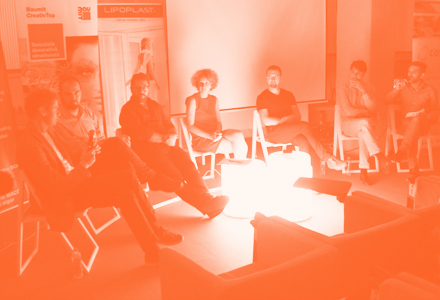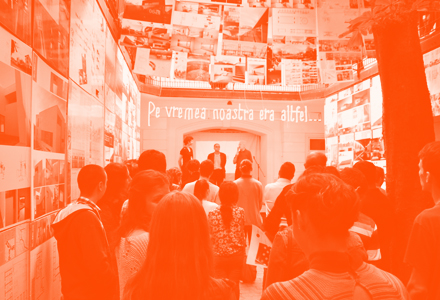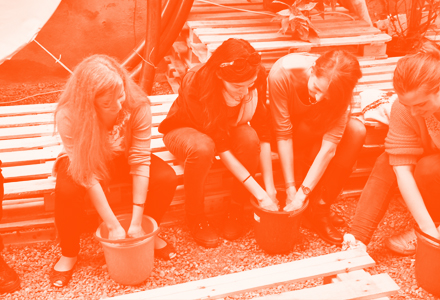28 October
Conferință
The future of architecture: Practitioners
In the last 20 years, the continuous aspirations to restructure the profession with the noble intents of having a higher quality antropogenic space - aspirations which date back to the Renaissance and that were generated by the constant negative feelings on how architecture is made and the bad quality of the built environment - is to be found in the continuous observation of the building industry in the context of contemporary social changes and their impact on the architect as practitioner.
Most researchers, be they from Europe or overseas, recommend paying more attention to the clients and for society/the user's needs, as well as a more efficient and open collaboration with other professions from the industry - thus encouraging a certain critic eye towards the quality of built elements in various stages of the line of work. Furthermore, a notable part of the students that graduate architecture studies nowadays* don't start practicing in the legal definition of the profession, and those who intend on doing so will most probably be forced to adapt their knowledge and views of the profession to be able to face the fast pace of the technology and the raising accessibility of information*.
Through this event we want to present a series of personal interpretations and visions that some european architects have regarding the future of architecture.
Just as Herman Hertzberger said as he was offered the RIBA GOLD MEDAL in 2012, about the more and more inconspicuous role of architects: "we are no longer buried along the kings, as we are no longer the masters of the whole story". The moment has come for us to move from being creative in our projects, to be creative through the way we practice and contribute to society!
Program:
17:00 – 17:20: Introduction
17:20 – 18:00: Mark Minkjan, Failed Architecture
18:00 – 18:40: Ana Džokić and Marc Neelen, STEALTH unlimited
18:40 – 19:20: Marina Otero Verzier, Het Nieuwe Instituut
19:20 – 19:40: Coffee break
19:40 – 20:20: Aristide Antonas
20:20 – 21:00: Elly Ward, Ordinary Architecture
* --- Simon, Pilling, 2000, Changing Architectural Education, Towards a New Professionalism
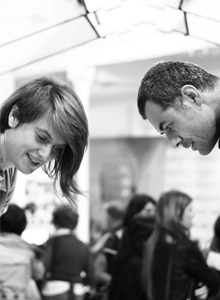
STEALTH.unlimited
STEALTH.unlimited is the practice of Ana Džokić and Marc Neelen. For over fifteen years their work connects urban research, visual arts, spatial interventions and spatial activism to mobilise shared future(s) of the city and its culture. They are co-initiators of Who Builds the City platform in Belgrade and City in the Making association in Rotterdam.
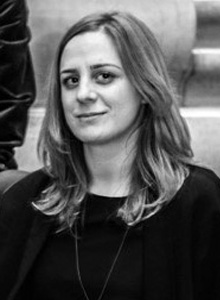
Marina Otero Verzier
Marina Otero Verzier is an architect based in Rotterdam. She is Head of Research & Development at Het Nieuwe Instituut, and Chief Curator of the 2016 Oslo Architecture Triennale together with the After Belonging Agency. Previously, Otero was Director of Global Network Programming at Studio-X, and Adjunct Assistant Professor at Columbia University GSAPP. She is a Ph.D. candidate at ETSA Madrid.
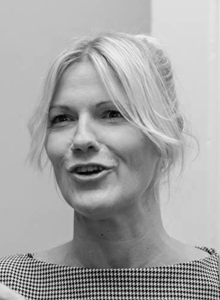
Elly Ward
Elly Ward is a multi-disciplinary designer who
works primarily in the fields of art, architecture, product and exhibition
design. She studied MA Architecture at
the Royal College of Art and BA Architecture at London Metropolitan University, winning
the Best Portfolio Prize and a nomination for the RIBA Bronze Medal. In 2013, Elly co-founded Ordinary Architecture with Charles
Holland having previously worked together at FAT Architecture. The practice’s first project was the delivery
of ‘A House For Essex’ - a collaborative design by FAT with the Turner-Prize
winning artist Grayson Perry for Living Architecture.
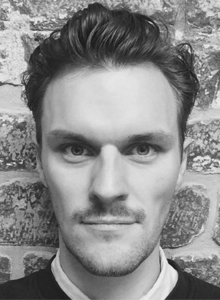
Mark Minkjan
Mark is an urban and architectural geographer. He is editor-in-chief at Failed Architecture and part of Non-fiction (Office for cultural innovation). He writes for Failed Architecture, VICE, The Guardian and other media about architecture as a social and public project.
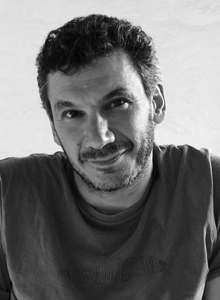
Aristide Antonas
Aristide Antonas was born in Athens; he studied architecture in the National Technical University of Athens and has a PhD of Philosophy from the University of Paris X Nanterre. His work has been featured among other places in Istanbul Design biennial, Venice Biennale di architettura, São Paulo architecture biennial, Display Prague, the New Museum, New York and had solo institutional presentations in Basel’s Swiss Architecture Museum and in Austria’s Vorarlberger Architektur Institut. He won the ArchMarathon 2015 prize for his Open Air Office, was nominated for a Iakοv Chernikov Prize (2011) and for a Mies Van der Rohe Award (2009) for his Amphitheater House.



